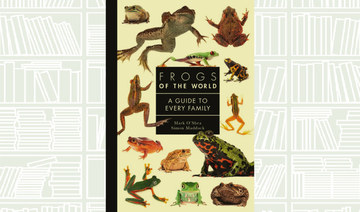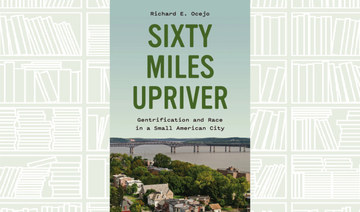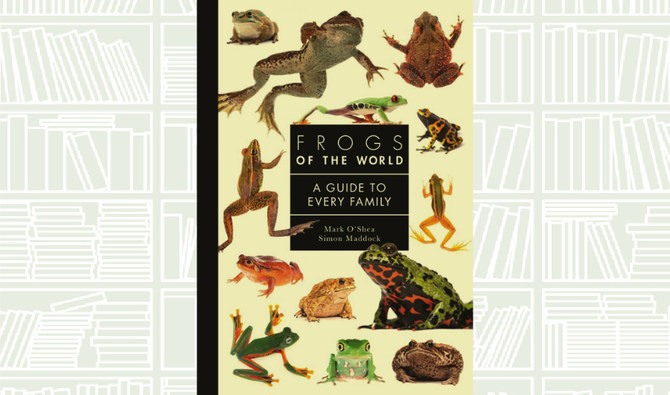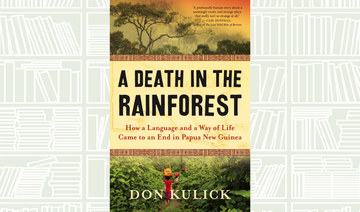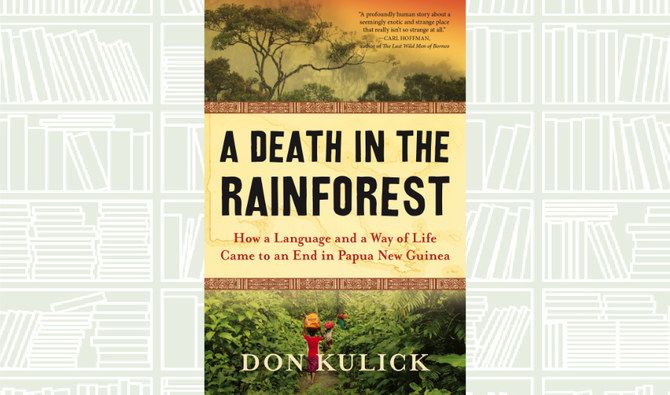BEIRUT: “The Minaret,” Jonathan Bloom’s superb study of the lofty tower that epitomizes Islamic architecture, was republished in 2018, confirming the book’s importance almost three decades after its original release.
Tracing the origin and development of the minaret, which first appeared toward the end of the 8th century, Bloom reveals that the original structures had little to do with the call to prayer but were designed to be what they are today — a symbol of Islam.
This beautifully illustrated book not only explains when and why Muslims decided to attach towers to mosques but also looks at the evolution of the minaret from Turkey, Egypt, and India to West and East Africa, Yemen, Central Asia and Southeast Asia.
The 2018 edition has been revised and expanded, providing a sweeping tour of the tower’s prominent position in Islamic architecture.
Despite claims that Islamic architecture has stagnated, Bloom uses this book to outline his belief that it is alive and well, telling readers that in the past few decades “Muslims in Islamic countries have built ever taller and more monumental minarets … while Muslims in the West have sought to build mosques and Islamic centers using such traditional architectural forms as domes and minarets.”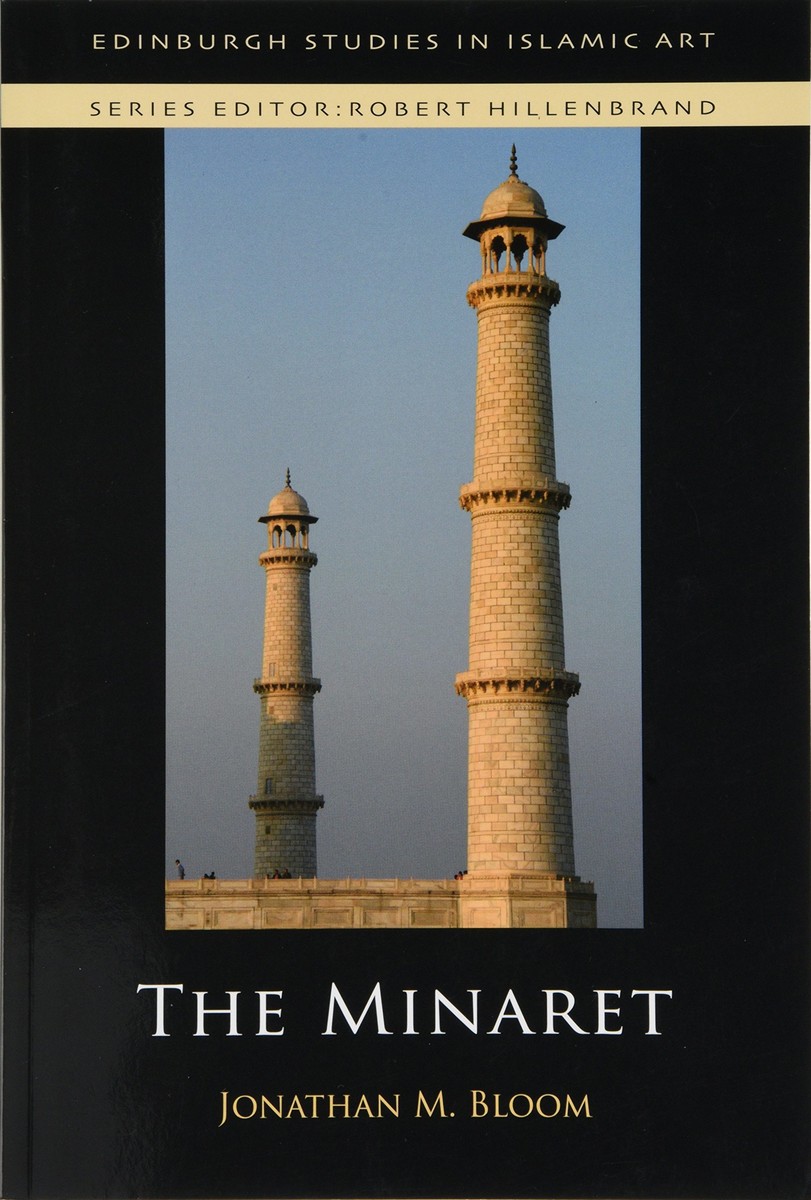
The author brings the architectural form to life by detailing the types of minarets found around the world. A number of contemporary minarets are still built in the Ottoman or Mamluk style, but there are notable exceptions such as the futuristic mosque designed by Japanese architect Kenzo Tange for the King Faisal Foundation in Riyadh.
Bloom also explores the political dimensions of the Islamic symbol. He describes growing opposition to new mosques in Europe, particularly in Switzerland, where a 2009 poster circulated by the far-right Swiss People’s Party showed Ottoman-style minarets piercing the Swiss flag like missiles. This book sheds light on the campaign, and others like it, which have used the symbol of a minaret to oppose immigration.
From the aesthetic charm of the minaret, to its sociopolitical implications, this book is a must-read for those seeking to understand the powerful impact that bricks and mortar can have on society.





